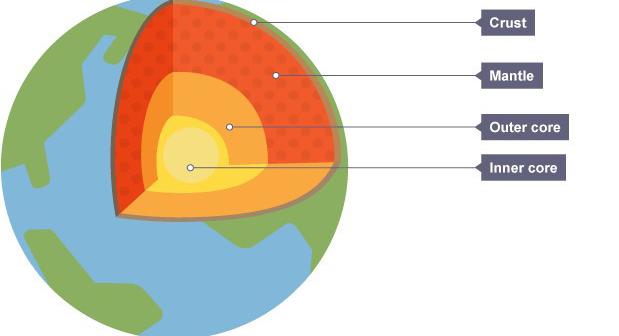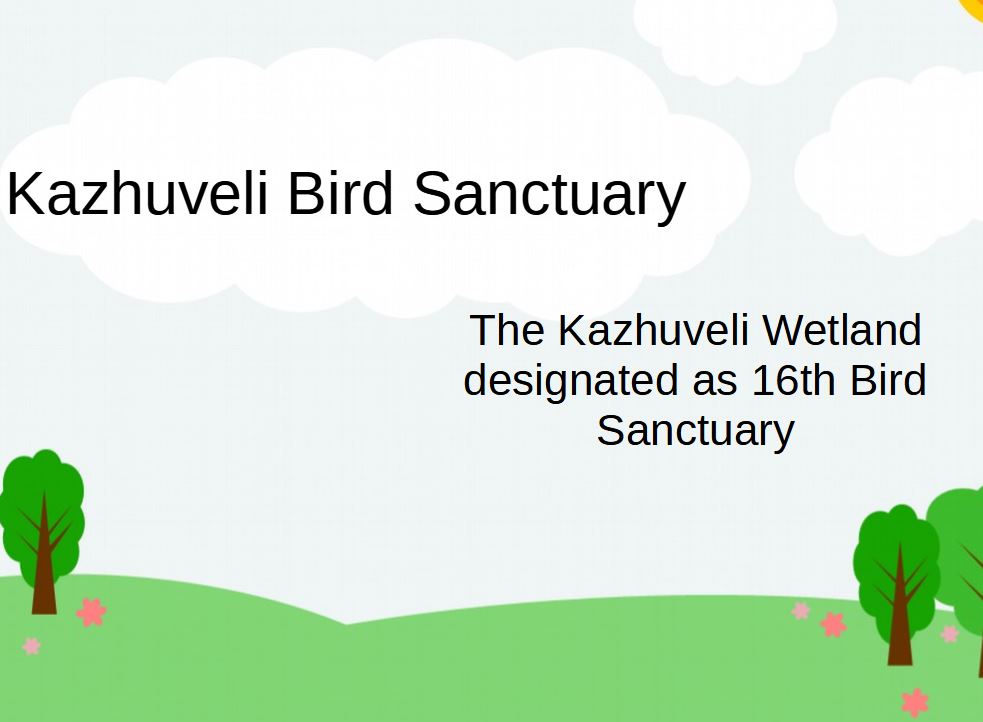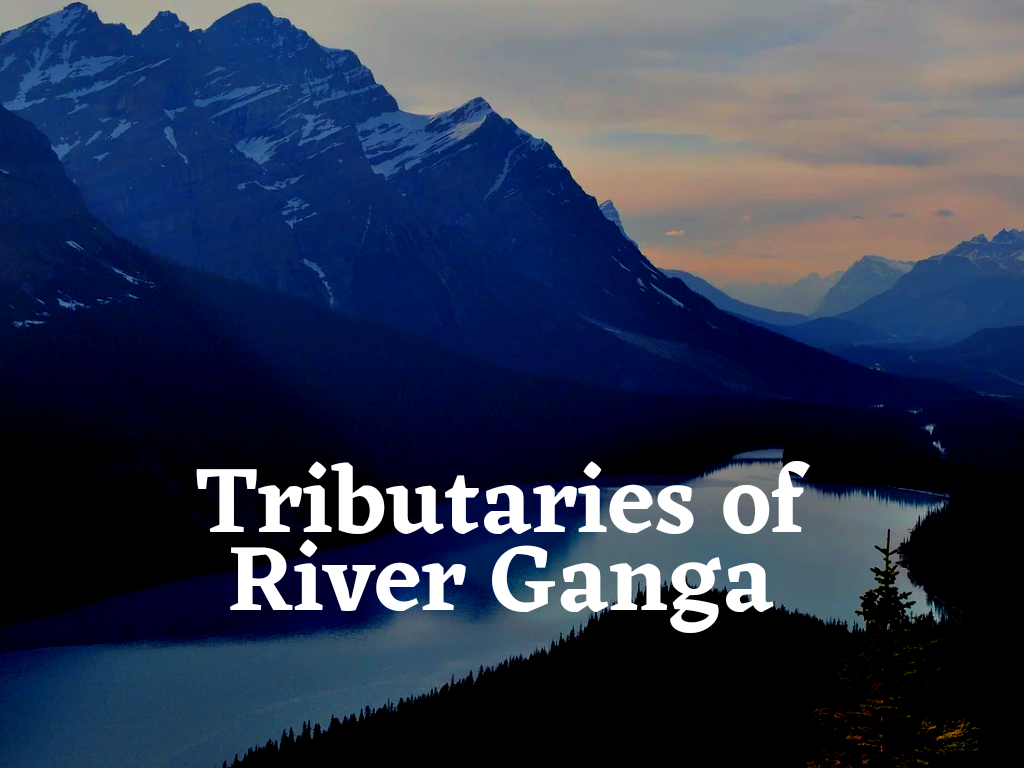Updated By: LatestGKGS Desk
Earth: Layers, composition, crust, mantle, tectonic plates, features, facts

Earth Layers: Introduction Structure, Characteristics, Facts
Crust
The crust is the thin outer layer of the Earth where we live. Well, it looks thin on the picture and it is thin relative to the other layers, but don't worry, we're not going to fall through by accident anytime soon. The crust varies from around 5km thick (in the ocean floor) to around 70km thick (on land where we live called the continental crust). The continental crust is made up of rocks that consist primarily of silica and alumina called the "sial".
Mantle
The next layer of the Earth is called the mantle. The mantle is much thicker than the crust at almost 3000km deep. It's made up of slightly different silicate rocks with more magnesium and iron.
Tectonic plates
The tectonic plates are a combination of the crust and the outer mantle, also called the lithosphere. These plates move very slowly, around a couple of inches a year. Where the plates touch each other is called a fault. When the plates move and the boundaries bump up against each other it can cause an earthquake.


